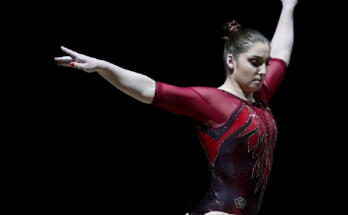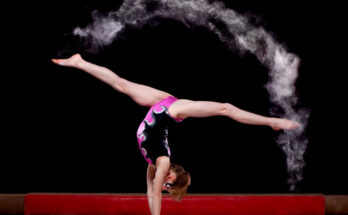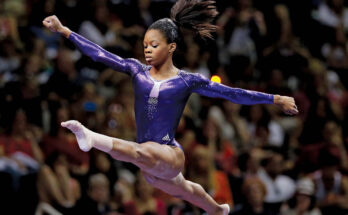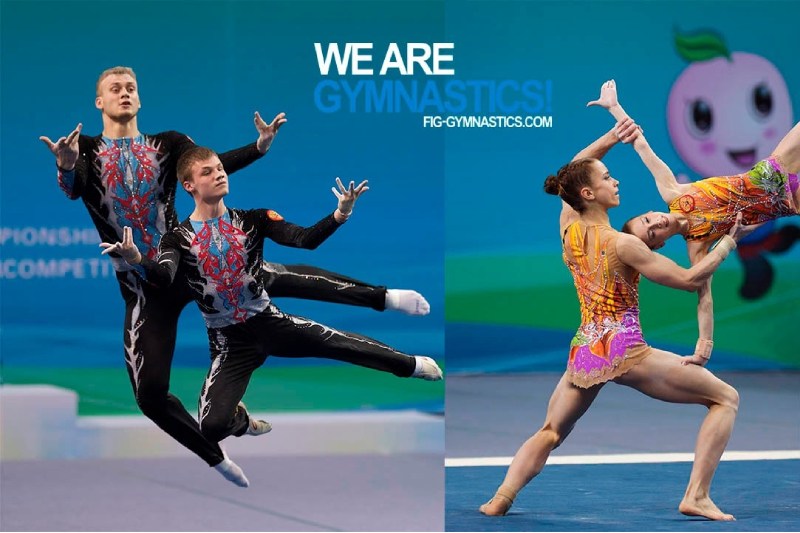
Most sports such as basketball, football, tennis and golf are played by male and female athletes. Although there are many differences between women’s and men’s gymnastics in competitive gymnastics, it can be seen that they are two very different sports.
The basic distinction between men’s and women’s gymnastics is the apparatus with which gymnasts compete. But there are two things the two sports have in common: jump and floor.
Differences in Floor Exercises:
- Gymnasts compete in four disciplines: jump, parallel bars, balance beams and floor exercises.
- The men compete in six disciplines in slightly different order: floor, pommel horse, ring jump, high bar, high bar and balance beam.
- There are no other rules or deviations. Both men and women compete on the same floor mat, but women contest to the music, men do not.
- The women’s routines are more imaginative, dance-like and able to convey floors, while the men’s routines emphasize strength.
- Dance moves such as jumps and jumps are required to score well on the women’s floor, but not on the men’s, so the boys generally need to do more tumbling. Men can do falls and passes but need more power.
- Although women were previously allowed to slip at the end of a tumble pass, the 2012 code indicates that they are now required to hold onto their tumble pass. That’s something that men are expected to do.
Differences in the Vault:
- Some elite male vaulters do double somersault jumps, such as the rollover double front and the tsukahara double back.
- These are more likely to be completed by women. Both men and women can jump the same vaulting table, but the table is higher for women.
- Vaulting is more difficult for men than women. Both vaults can, however, be carried out on or near the equivalent.
- Both men and women competed in vaulting on vaulting horses, but the women vaulted on a central vaulting horse, which was replaced by a table in 2001 for safety reasons.
- The table was considered the safest option for vaulting on the horse, as gymnasts rarely missed the table or suffered catastrophic injuries, as in the Yurchenko jump.
- Uniform bars are made of fiberglass and have a larger diameter, while the high bar is made of metal and has a smaller diameter. Unlike parallel bars and parallel bars, bar is unique for men.
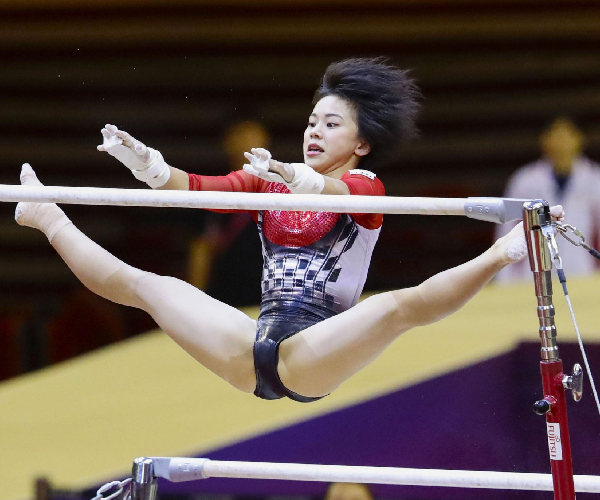
Parallel Bars, Uneven Bars, And The High Bar:
- As a result, a gymnast’s grip can vary depending on the ingot used, and the wrong grip can be dangerous.
- Uneven bars consist of two groups of bars that are about 6 feet apart and have a height of 5 1 / 2 to 8 feet.
- Parallel bars are two parallel bars about one foot and a half apart and about six and a half feet off the ground.
- Reck is a single beam located about 5 m above the ground. The bars can also be arranged horizontally or vertically.
Organizing A Competition:
Both men’s and women’s gymnastics are called Gymnasts and compete in the same basic format at the Olympics. At times, each team consists of up to seven gymnasts. The heights are firm, but in Olympic competitions they are adjustable.
These rules apply to both men’s and women’s competitions. Each group consists of four gymnasts. Only two people from each country are allowed to compete in each final. The gymnasts qualify for the final round on the basis of their qualification results (24 qualifications, eight qualifications for each individual final).


